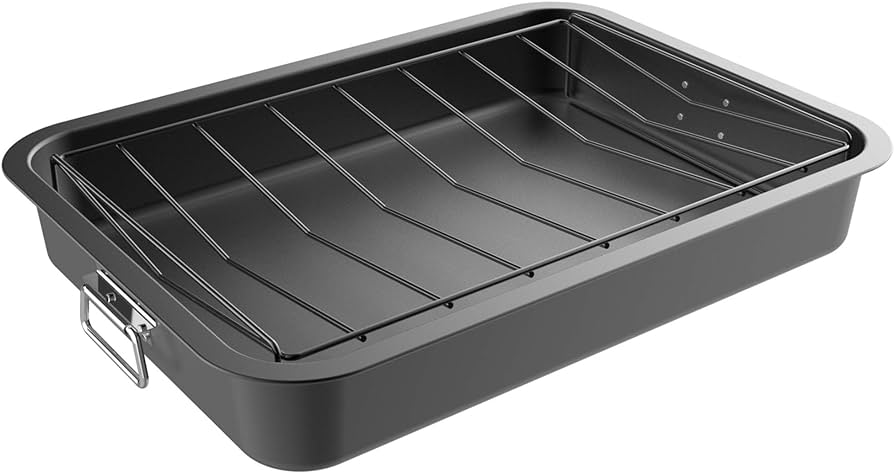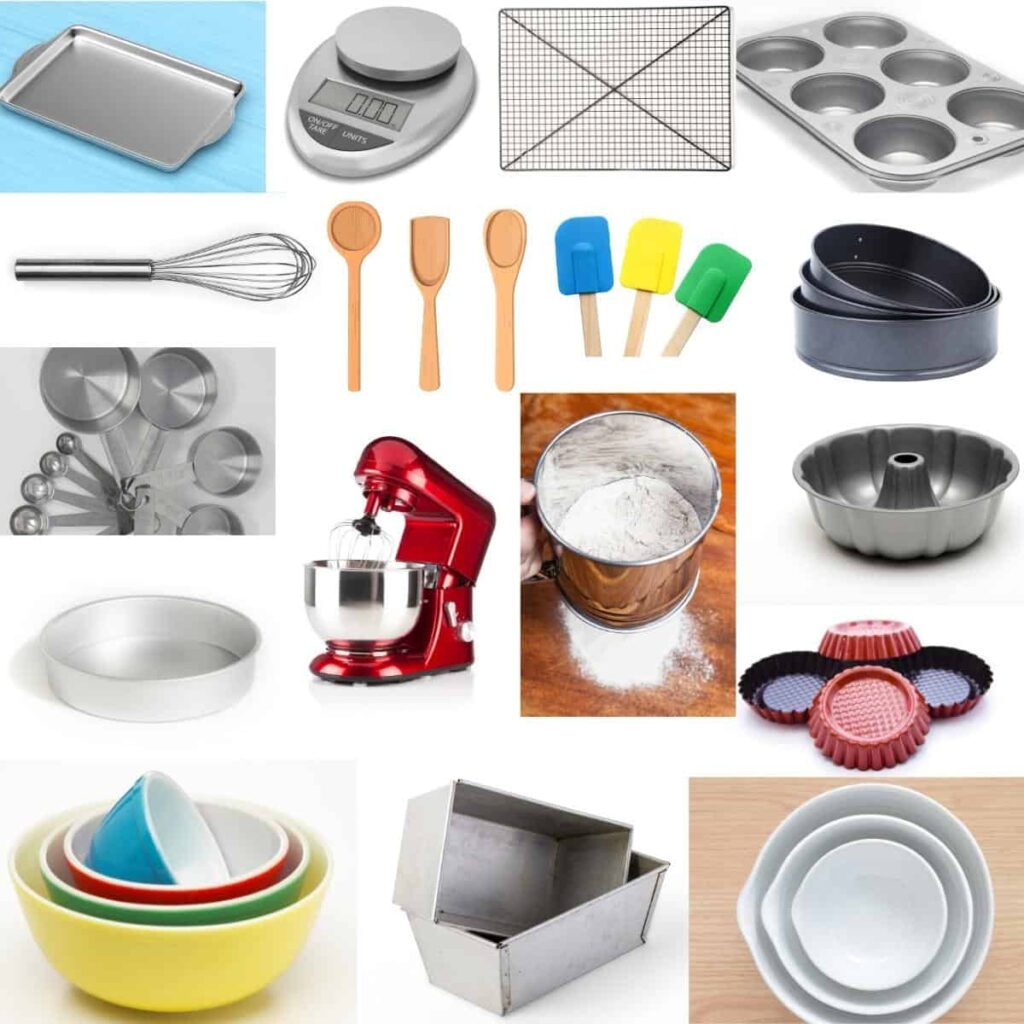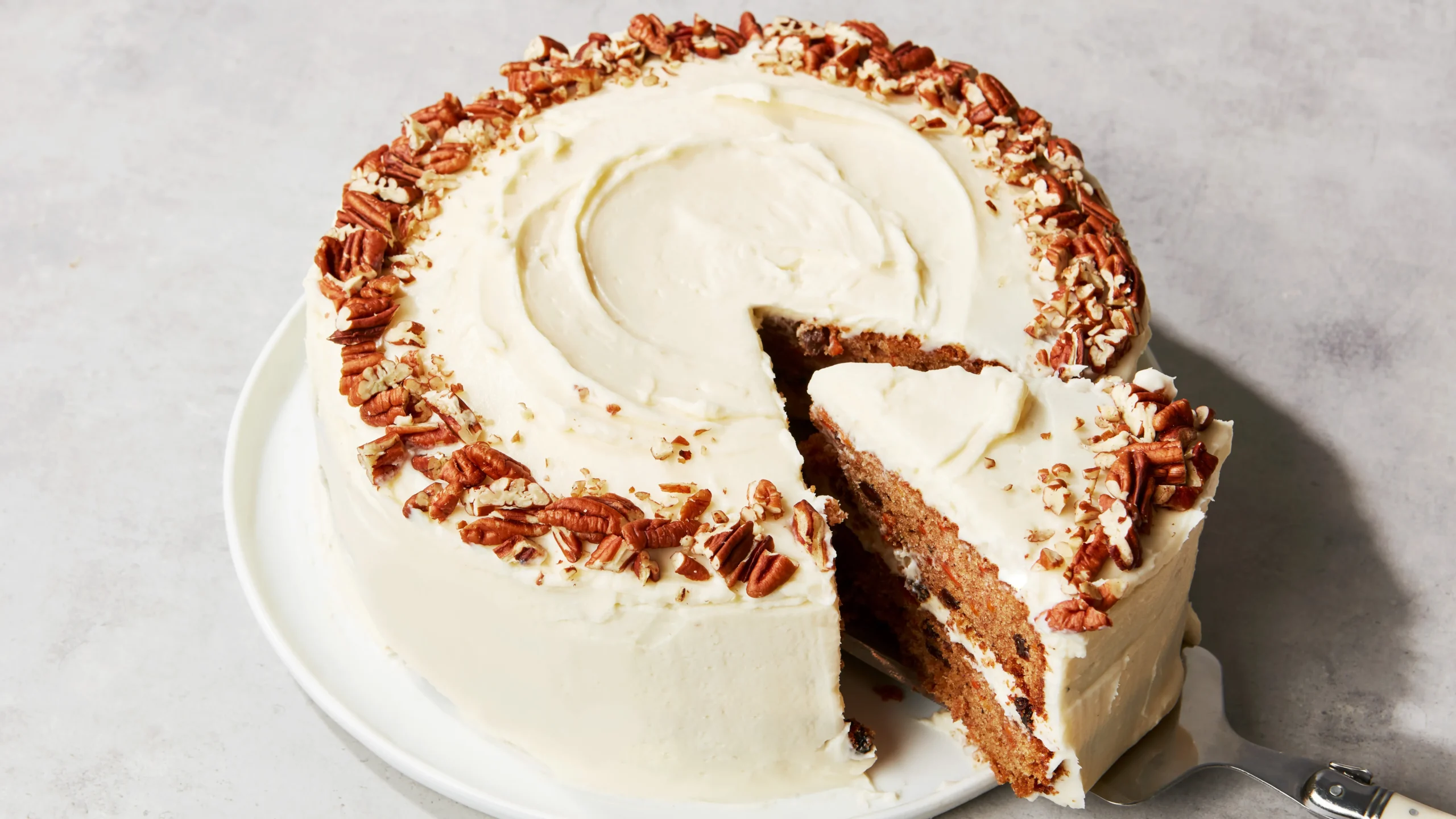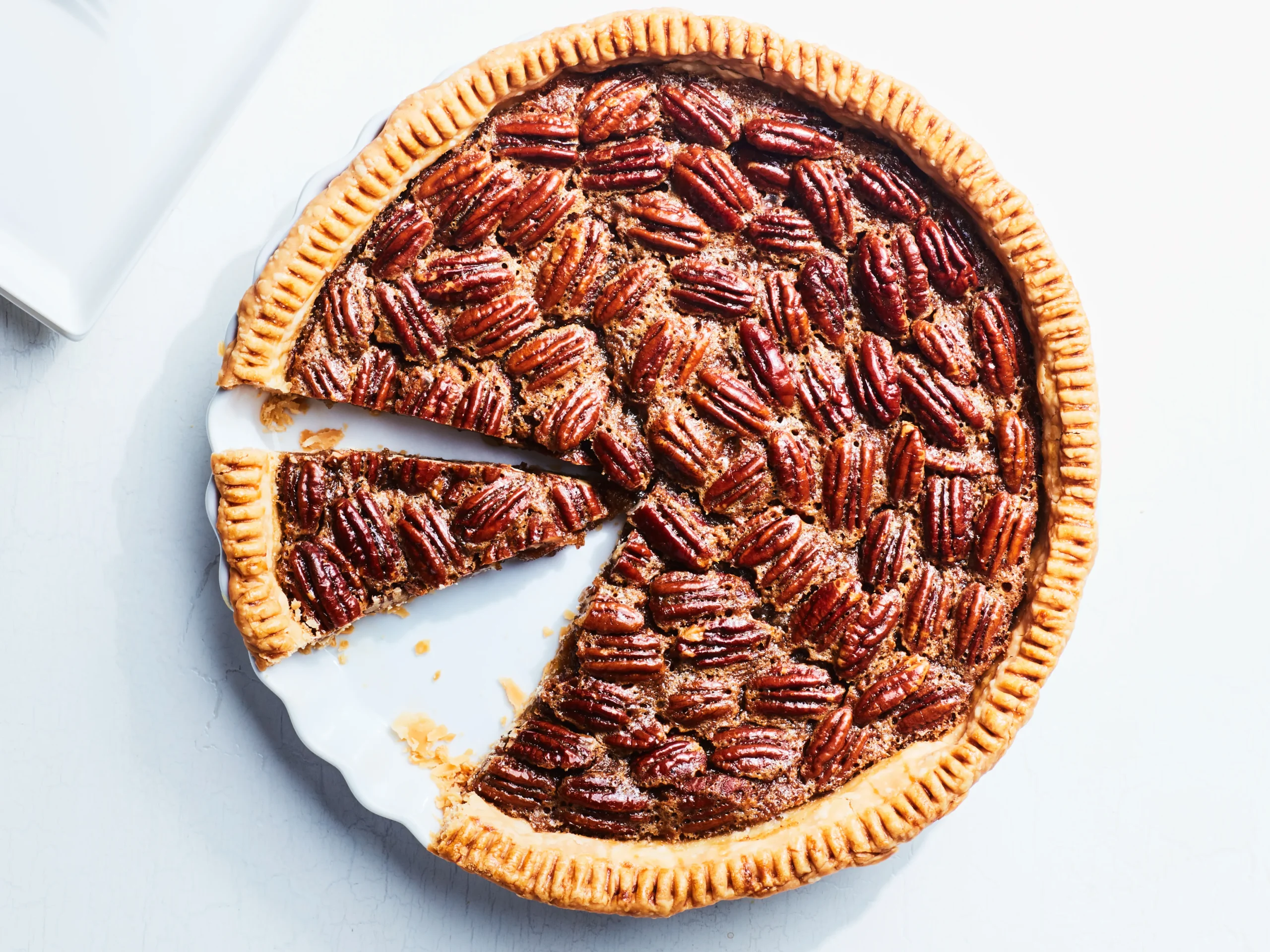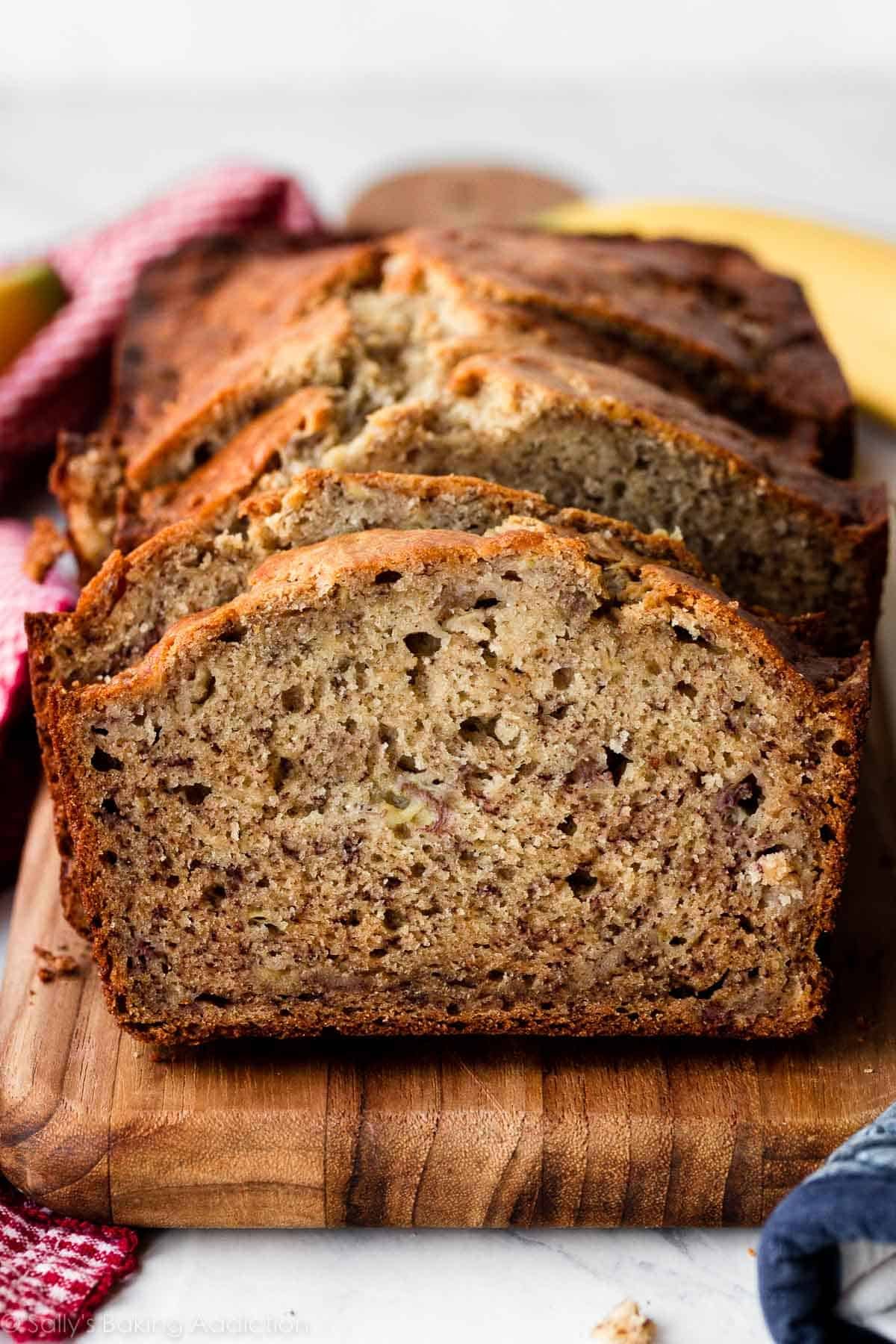A roasting pan is a kitchen utensil used for cooking large pieces of meat or poultry. Roasting pans are essential kitchen tools for cooking large cuts of meat or poultry to perfection.
Whether you’re preparing a succulent roast or a juicy Thanksgiving turkey, a roasting pan is the ideal vessel for achieving evenly cooked, juicy results. These pans are typically made of durable materials like stainless steel and come with a sturdy rack that elevates the meat, allowing it to cook evenly and promoting air circulation.
They often feature sturdy handles for easy transportation and are designed to withstand high temperatures. A roasting pan with a non-stick coating can also make cleanup a breeze. With its versatility and ability to produce delicious results, a roasting pan is a must-have for any home chef.
Table of Contents
Choosing The Perfect Roasting Pan
When it comes to cooking a delicious roast, having the right roasting pan is essential. Not only does a good roasting pan ensure even cooking and succulent flavors, but it also makes the cooking process easier and more efficient. With so many options available in the market, choosing the perfect roasting pan can seem overwhelming. In this article, we will explore different materials for roasting pans, namely stainless steel, cast iron, and non-stick roasting pans. We will also discuss the factors to consider, such as size, shape, and handles, that will help you find the ideal roasting pan for your kitchen.
Different Materials For Roasting Pans
Roasting pans come in a variety of materials, each with its own advantages and disadvantages. Here are three popular materials for roasting pans:
Stainless Steel
Stainless steel roasting pans are a popular choice among home cooks and professional chefs alike. They are durable, easy to clean, and offer excellent heat conductivity. The sleek design and polished finish of stainless steel pans make them visually appealing, perfect for both formal and casual occasions. Additionally, stainless steel roasting pans are often oven-safe and compatible with all stovetop types, providing versatility in cooking options.
Cast Iron
Cast iron roasting pans have long been known for their exceptional heat retention and even cooking. These pans are highly durable and can last for generations with proper care. Cast iron pans are ideal for slow cooking as they distribute heat evenly, ensuring moist and flavorful roasts. While they require some maintenance to prevent rusting, the superior cooking results make it worthwhile. Furthermore, cast iron pans can be used on all stovetop types and even on grills or campfires, making them a versatile addition to any cookware collection.
Non-Stick
Non-stick roasting pans are perfect for those who prefer easy cleanup and cooking with minimal oil or fat. These pans feature a non-stick coating that prevents food from sticking, allowing for fuss-free serving and cleaning. Non-stick pans are also lightweight and often dishwasher-safe, making them convenient for everyday use. However, it is important to note that non-stick coatings can deteriorate over time, especially if subjected to high temperatures or abrasive cleaning methods.
Comparison Of Stainless Steel, Cast Iron, And Non-stick Roasting Pans
| Material | Advantages | Disadvantages |
|---|---|---|
| Stainless Steel | Excellent heat conductivity, durability, easy to clean, oven-safe, compatible with all stovetop types | Can be more expensive, may require oil or fat for seasoning or browning |
| Cast Iron | Exceptional heat retention, even cooking, long-lasting, versatile in use | Requires regular maintenance to prevent rusting, heavy, may take longer to heat up |
| Non-Stick | Easy to clean, lightweight, requires minimal oil or fat for cooking | Coating can deteriorate over time, not suitable for high heat or abrasive cleaning methods |
Factors To Consider: Size, Shape, And Handles
Aside from the material, it is important to consider the size, shape, and handles of the roasting pan. These factors can greatly impact your cooking experience.
- Size: The size of the roasting pan should be chosen based on the amount of food you typically cook. Ensure that the pan is large enough to comfortably fit your roast and leave some space for airflow.
- Shape: Roasting pans come in rectangular, oval, and even square shapes. Choose a shape that accommodates the type of roast you frequently cook and complements your oven size.
- Handles: Sturdy and heat-resistant handles are essential for easy maneuverability and safe transport of your roasting pan. Look for riveted or welded handles that can withstand the weight of your roast.
By considering these factors, you can select a roasting pan that suits your cooking needs and enhances your culinary creations.
Roasting Pan Care And Maintenance
Proper care and maintenance of your roasting pan is essential to ensure its longevity and optimal performance. By following a few simple guidelines, you can keep your roasting pan in top shape for years to come. In this section, we will delve into the necessary steps for cleaning and storing your roasting pan, offer tips for preventing stains and rust, as well as share methods to extend the lifespan of your pan.
Cleaning And Storing Your Roasting Pan
A dirty roasting pan not only hampers your cooking experience but can also affect the taste of your food. It is crucial to clean your roasting pan thoroughly after each use to remove any accumulated grease, food residue, and stains. Here are some steps to follow for effective cleaning:
- Wait for the pan to cool down after use. Placing a hot roasting pan in cold water may cause it to warp or crack.
- Fill the pan with warm water and a mild dish soap.
- Use a non-abrasive sponge or cloth to scrub the surface of the pan. Avoid using steel wool or harsh scouring pads, as they can scratch the non-stick coating or stainless steel.
- Rinse the pan thoroughly with warm water to ensure all soap residue is removed.
- Dry the pan completely with a clean towel or allow it to air dry. Moisture left on the pan can lead to rust.
Once your roasting pan is clean and dry, it’s time to think about storage. To prevent any scratches or damage, it’s best to stack your roasting pans with a layer of parchment paper or soft padding between each pan. Alternatively, you can hang your roasting pan on a rack or utilize the pan’s lid to protect its surface.
Tips For Preventing Stains And Rust
Avoiding stains and rust on your roasting pan can help prolong its lifespan and maintain its appearance. Here are some tips to follow:
- Coat the inside of the pan with cooking oil or non-stick spray before roasting. This helps prevent food from sticking and reduces the chance of stains.
- Avoid using metal utensils on non-stick roasting pans, as they can scratch the surface. Opt for silicone, wooden, or plastic utensils instead.
- Allow your roasting pan to cool down before immersing it in water. Extreme temperature changes can cause the pan to warp or crack.
- If you notice any rust spots on your roasting pan, gently scrub them with a mixture of baking soda and water. Rinse and dry thoroughly.
How To Extend The Lifespan Of Your Roasting Pan
With proper care, you can extend the lifespan of your roasting pan and ensure it serves you well for many years. Consider the following tips:
- Avoid using metal scrubbers or abrasive cleaners that can damage the pan’s non-stick coating or surface.
- Always hand wash your roasting pan, as dishwashers can cause deterioration of the non-stick coating or lead to rust formation.
- Store your roasting pan in a dry and well-ventilated area to prevent rust.
- If your roasting pan has a removable rack, clean it separately to remove any food particles that may have accumulated.
- Regularly inspect your roasting pan for any signs of damage or wear. If the non-stick coating starts to peel or the pan becomes warped, it may be time for a replacement.
By following these care and maintenance guidelines, you can ensure that your roasting pan remains in pristine condition, providing you with deliciously roasted meals for years to come.
Essential Roasting Pan Accessories
When it comes to preparing a mouthwatering roast, having the right accessories can make all the difference. From roasting racks to basting brushes and thermometers, these essential tools ensure that your roast is cooked to perfection. In this article, we’ll explore the benefits of these accessories and how they can elevate your roast to new culinary heights.
Roasting Racks And Their Benefits
A roasting rack is an indispensable accessory for any home cook or professional chef. These racks are designed to elevate your roast, allowing hot air to circulate evenly around it. By lifting the roast off the bottom of the pan, a roasting rack ensures that heat is distributed more evenly. This results in a roast that is beautifully browned on all sides while remaining juicy and tender.
Some of the key benefits of using a roasting rack include:
- Even Cooking: The elevated position of the roast on the rack allows hot air to circulate evenly, resulting in an evenly cooked roast.
- Crispy Skin: By allowing air to circulate around the roast, a roasting rack helps to achieve a crispy and golden brown skin.
- Healthier Option: By lifting the roast off the bottom of the pan, excess fat and drippings can collect beneath the rack, making it easier to separate them from the finished dish.
Basting Brushes And Their Uses
A basting brush is an essential tool for adding flavor, moisture, and a beautiful glaze to your roast. These brushes are typically made with heat-resistant bristles that can withstand high temperatures. Here are a few ways basting brushes can enhance your roast:
- Flavor Infusion: By applying marinades, rubs, or glazes with a basting brush, you can infuse your roast with delicious flavors.
- Moisture Retention: Regularly basting your roast with pan juices or a marinade helps to keep it moist throughout the cooking process.
- Glazing: A basting brush is perfect for applying a glossy glaze to your roast, giving it a mesmerizing sheen.
Thermometers For Perfectly Cooked Roasts
A thermometer is an invaluable tool when it comes to achieving the perfect level of doneness for your roast. By accurately measuring the internal temperature of the meat, you can avoid overcooking or undercooking your roast. Here’s why a thermometer is a must-have accessory for roasting:
- Precision Cooking: A thermometer allows you to cook your roast to the desired level of doneness, be it rare, medium, or well-done.
- Food Safety: By ensuring that your roast reaches the recommended internal temperature, you can be confident that it is safe to consume.
- Consistency: Using a thermometer consistently ensures that your roasts turn out perfectly cooked every time, without any guesswork.
In conclusion, these essential roasting pan accessories, including roasting racks, basting brushes, and thermometers, are vital for achieving outstanding roasts. By investing in these tools, you can elevate your culinary creations and ensure that each roast is a masterpiece.
Versatile Recipes For Your Roasting Pan
If you’re looking to make the most out of your roasting pan, you’re in the right place! This humble kitchen essential is more than just a tool for roasting meats. In fact, with a little creativity, you can use your roasting pan to whip up a variety of delicious dishes that are sure to impress your family and friends. From classic roast chicken to mouthwatering holiday turkey and even succulent roasted salmon, the possibilities are endless. Get ready to take your roasting pan skills to the next level with these versatile recipes.
Classic Roast Chicken With Potatoes And Root Vegetables
Nothing beats the comforting aroma of a perfectly roasted chicken, and this classic recipe is no exception. To make it, all you need is a quality roasting pan, some chicken, potatoes, and an assortment of root vegetables. The chicken is seasoned with a blend of herbs and spices, then roasted until golden brown and juicy. The potatoes and root vegetables absorb all the flavorful juices, resulting in a side dish that’s packed with flavor. This one-pan wonder is perfect for a cozy weeknight dinner or a festive family gathering.
Delicious Holiday Turkey With Stuffing And Gravy
When it comes to holiday feasts, a tender and succulent turkey takes center stage. With your trusty roasting pan, you can effortlessly create a show-stopping turkey that will leave your guests begging for seconds. Simply season the turkey with your favorite herbs and spices, place it in the roasting pan, and surround it with a bed of stuffing and root vegetables. As the turkey roasts, the flavors meld together beautifully, creating a mouthwatering centerpiece for your holiday table. Don’t forget to use the drippings from the pan to make a rich and flavorful gravy that will tie everything together.
One-pan Roasted Salmon With Herbs And Lemon
If you’re a fan of seafood, you’ll love this simple yet elegant recipe for roasted salmon. With just a few ingredients and your trusty roasting pan, you can create a dish that’s not only delicious but also visually stunning. The salmon fillets are seasoned with a mix of fresh herbs and zesty lemon, then roasted to perfection in the pan. The result? Tender, flaky salmon with a crisp, golden exterior that’s bursting with flavor. Serve it alongside some roasted vegetables or a light salad for a healthy and satisfying meal that’s ready in no time.
As you can see, your roasting pan is a versatile tool that can help you create a wide range of mouthwatering dishes. From classic roast chicken to festive holiday turkey and even succulent roasted salmon, the possibilities are endless. So dust off your roasting pan and get ready to unleash your inner chef. Your taste buds will thank you!
Creative Uses For Roasting Pans Beyond Roasting
Roasting pans are versatile kitchen tools that can be used for so much more than just roasting meats and vegetables. Their large, sturdy construction makes them perfect for tackling a wide range of cooking tasks, and their deep wells and high sides make them a useful addition to any kitchen. In this article, we’ll explore some creative uses for roasting pans beyond roasting, showcasing their versatility in the culinary world.
Baking Lasagna And Other Casseroles
Baking lasagna and other casseroles is a breeze with a roasting pan. The deep, rectangular shape of the pan allows for layering multiple ingredients, guaranteeing a delicious, multi-layered dish. Plus, the sturdy construction ensures even heat distribution, resulting in perfectly cooked casseroles every time.
Making Homemade Bread And Rolls
Not just for savory dishes, a roasting pan can also be used to make homemade bread and rolls. The large surface area of the pan allows for multiple loaves or rolls to be baked at once, perfect for feeding a crowd or stocking up for the week. The high sides of the pan help to create a moist baking environment, resulting in bread with a crisp crust and a soft, fluffy interior.
Chilling And Serving Beverages At Parties
When it comes to parties and gatherings, roasting pans can become your secret weapon for chilling and serving beverages. Fill the pan with ice, and it instantly becomes a stylish and practical cooler for keeping drinks cold. The large capacity of the pan means you can chill enough beverages to satisfy a crowd, and the high sides prevent any accidental spills.
In conclusion, roasting pans have a multitude of creative uses beyond roasting. From baking lasagna and other casseroles to making homemade bread and rolls, and even chilling and serving beverages at parties, these versatile kitchen tools will prove to be indispensable in your kitchen. So why limit yourself to just roasting when these pans can do so much more?

Credit: www.ikea.com
Frequently Asked Questions Of Roasting Pan
What Is A Roasting Pan Used For?
A roasting pan is used for cooking large cuts of meat, such as a turkey or roast. It allows for even cooking and collects drippings for making gravy. The pan typically has high sides to contain the juices and a rack to elevate the meat for better airflow.
How Do I Choose The Right Roasting Pan?
When choosing a roasting pan, consider the size, material, and features. The size should accommodate your preferred cut of meat and fit in your oven. Materials like stainless steel and enamel are durable and heat evenly. Look for features like handles for easy maneuverability and a non-stick coating for easy cleaning.
Can I Use A Roasting Pan For Baking?
Yes, a roasting pan can be used for baking. It is suitable for cooking dishes like lasagna, casseroles, and bread. The high sides and sturdy construction of a roasting pan help contain the food and distribute heat evenly. Just be sure to adjust the baking time and temperature as needed for your recipe.
How Do I Properly Clean A Roasting Pan?
To properly clean a roasting pan, soak it in hot, soapy water for a few minutes to loosen any stuck-on food. Then, use a sponge or gentle scrub brush to remove the remaining residue. For tough stains, sprinkle baking soda onto the pan and scrub with a cloth.
Rinse thoroughly and dry to prevent rust.
Conclusion
To sum up, a roasting pan is an essential tool for any cooking enthusiast. Its versatility, durability, and ability to distribute heat evenly make it a must-have in the kitchen. Whether you’re planning to roast a chicken, bake vegetables, or make a delicious gravy, a roasting pan will always deliver exceptional results.
So, invest in a high-quality roasting pan and elevate your culinary game to new heights. Happy cooking!
